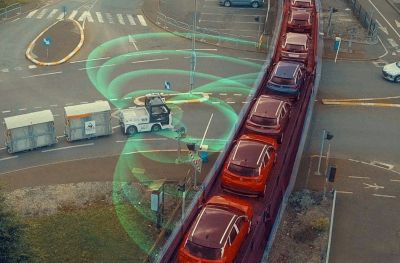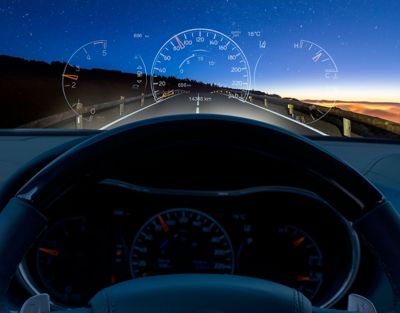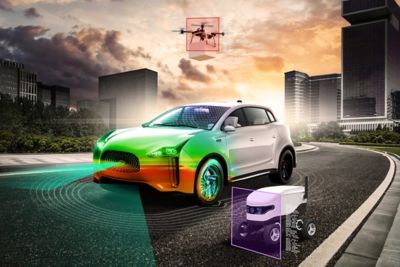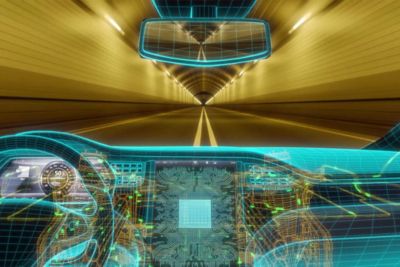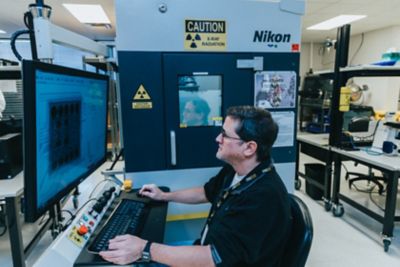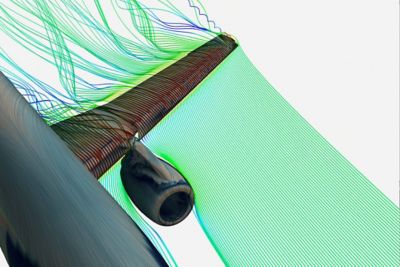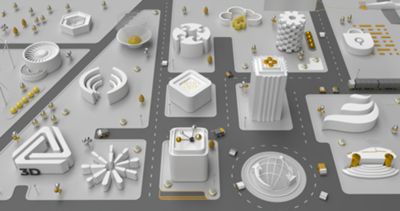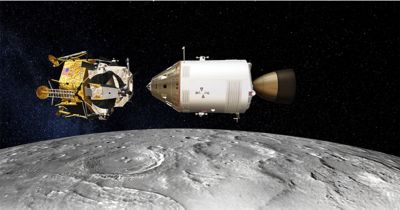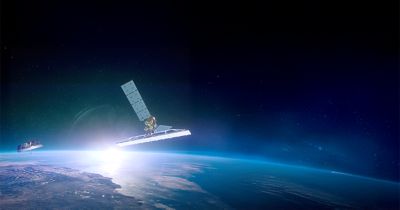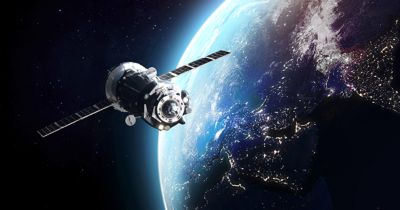-
United States -
United Kingdom -
India -
France -
Deutschland -
Italia -
日本 -
대한민국 -
中国 -
台灣
-
Ansys is committed to setting today's students up for success, by providing free simulation engineering software to students.
-
Ansys is committed to setting today's students up for success, by providing free simulation engineering software to students.
-
Ansys is committed to setting today's students up for success, by providing free simulation engineering software to students.
-
Contact Us -
Careers -
Students and Academic -
For United States and Canada
+1 844.462.6797

When operating a space mission, accurately knowing the mass of your spacecraft is essential for precise mission planning. While spacecraft mass can be measured before launch, measuring after launch isn’t nearly as straightforward. Starting with Ansys Orbit Determination Tool Kit (ODTK) orbital measurement processing software version 7.10, you will have the ability to estimate satellite mass and mass loss during maneuvers using tracking measurements of a satellite that is already in orbit.
For the case of a body’s gravity affecting spacecraft trajectory, the mass — both magnitude and distribution — of Earth and our Moon is known. We also have reasonably good estimates for a number of the other major bodies in our solar system. This is not true, however, for the multitude of asteroids that happened to tumble through our solar system. Fortunately, ODTK software is able to compute corrections to the mass estimates of any planet, moon, or asteroid to provide increased mission planning accuracy.
Estimating the Mass of Satellites
While you should keep track of how much mass is lost by your spacecraft, such as during maneuvers as fuel is burned or objects are ejected, this record will contain uncertainties that grow over time as the number of events that affect the remaining mass grows. Your thrusters may:
- Burn fuel at a slightly different rate than designed.
- Be slightly more or less efficient than expected.
- Execute maneuvers for a different duration than planned.
Correcting for these accumulated errors can help you predict the orbit to a higher degree and give you a more accurate estimate of how much fuel is available for the rest of your mission.
Unfortunately you cannot stop at the nearest planet and hop onto a scale, so you need a method of estimating a satellite’s mass during the execution of its mission. This is now possible starting with the ODTK 7.10 release.
Estimating mass can be challenging because mass itself is often not observable directly — that is, it’s not the only unknown parameter. In theory, we can estimate any parameter that affects the trajectory, typically by affecting the acceleration of the spacecraft. Take the acceleration due to atmospheric drag, for example. We can only isolate the estimate of mass if we have accurate knowledge of atmospheric density, drag coefficient, and drag area. Especially at the beginning of a mission before the individual components have been calibrated properly, knowledge of the drag details may be limited. To make things worse, our best models of the density of the atmosphere have significant uncertainty. The same principle applies to acceleration due to solar radiation pressure, though we are free of the influence of the atmosphere in this case. Note that and are vectors with known directions — opposite the direction of velocity and the Sun respectively. So isolating acceleration errors in these directions can help us estimate the spacecrafts mass.
Mass can also be estimated during maneuvers if the other parameters affecting the spacecraft engine are fairly well known. We can use the acceleration-based form of the rocket equation. Because we estimate acceleration during the maneuver using tracking data and hopefully have good knowledge of the exhaust velocity, we can now estimate the mass flow rate required to produce the observed acceleration. The improved mass flow rate estimate results in an improved estimate of the expended mass during the maneuver and, therefore, of the total spacecraft mass. And, just like the drag and SRP case, the acceleration due to thrusting is a vector with a direction that is known to some accuracy.
Depending on the accuracy of the parameters described above, you may want to estimate the mass of your satellite either at all times or only during maneuvers. ODTK software now gives you those options to choose from.
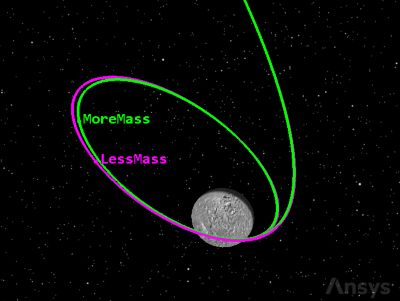
The connection between mass flow rate and estimated maneuver performance provides an improved capability for estimating fuel use and therefore enables an improved estimate of remaining fuel mass.
Estimate the Mass of Planets, Moons, and Asteroids
ODTK software has been supporting mass estimation and the resulting gravitational attraction for a few versions now. Missions like OSIRIS-REx that travel to these objects often start out with inaccurate gravity models of their destinations, as the mass of an asteroid may not be well known. An accurate estimate of the target body’s mass is necessary, though, to accurately predict a spacecraft’s trajectory.
The method used to determine the gravitational force between a spacecraft and a target body often treats the gravitational constant and the object’s mass as one value (G*M, or GM). Again, the force is a vector with known direction — toward the center of mass of the target body. So, differences in acceleration toward the target body between what was observed by measurements and what was predicted during propagation of the spacecraft can be used to estimate a correction to the body’s GM value.
For a list of all the new features in ODTK software version 7.10, check the release notes.
The Advantage Blog
The Ansys Advantage blog, featuring contributions from Ansys and other technology experts, keeps you updated on how Ansys simulation is powering innovation that drives human advancement.
